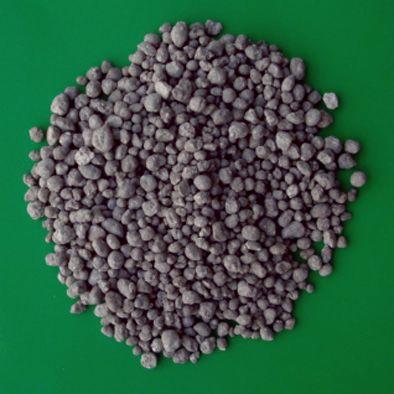
Maintaining Normal Phosphate Levels in Your Koi Pond: Tips and Tricks
Introduction
Koi ponds are a beautiful addition to any outdoor space. However, keeping it clean and healthy requires some effort. One crucial aspect of maintaining a healthy koi pond is monitoring the phosphate levels. In this article, we’ll discuss the importance of maintaining normal phosphate levels in your koi pond and provide you with some tips and tricks to keep it under control.
What are Phosphates?
Phosphates are compounds made of phosphorus and oxygen that are typically found in fertilizers, animal waste, and decaying plant matter. In a koi pond, phosphates come from uneaten food, fish waste, and dead algae. High phosphate levels can cause an overgrowth of algae and other aquatic plants, leading to murky water, poor water quality, and potentially harmful conditions for your koi fish.
Normal Phosphate Levels in Koi Ponds
The normal phosphate levels in a koi pond are typically around 0.05-0.1 ppm (parts per million). The ideal range for maintaining crystal-clear water and healthy fish is between 0.01-0.03 ppm. If the levels rise above the normal range, it’s time to take action.
How to Test for Phosphate Levels in Your Koi Pond
The easiest way to test for phosphate levels is by using a phosphate test kit. These kits are widely available online, in pet stores, or at aquarium stores. Simply follow the instructions on the kit to obtain readings. When testing for phosphate levels, ensure that you are testing the water from multiple locations in the pond evenly distributed.
Tips for Maintaining Normal Phosphate Levels
Feed Your Fish Sparingly
One of the primary sources of phosphate in your koi pond is fish food. Overfeeding your fish only means that there will be more waste and uneaten food left in the pond. To prevent this, feed your fish small amounts of food in a measured manner, at least twice a day. This feeding process is sometimes realigned with cutting down on excessive feeding, all in a bid to maintain the normal phosphate levels.
Remove Dead Leaves and Debris
Dead leaves, branches, and other debris that fall into your pond can decay in the water and increase phosphate levels. To prevent this, remove the debris from your pond as soon as possible before they start rotting.
Clean Your Pond Regularly
Cleaning your pond regularly will go a long way in maintaining normal phosphate levels. Use a pond vacuum or skimmer to remove debris from the bottom of the pond. Regular cleaning will prevent the buildup of debris and other organic materials that can contribute to high phosphate levels.
Use Chemical Treatments
Introduce chemical treatments into your pond to control phosphate levels. One of the most common treatments is phosphate remover, which can be in powder form or liquid form and is available online or at your local pond or aquarium store. Read the instructions and usage guide carefully and apply the treatments as directed.
Conclusion
A koi pond can be a beautiful and relaxing space with proper maintenance. Keeping normal phosphate levels in your pond is essential for maintaining the health of your fish and the clarity of the water. By following the tips and tricks outlined in this article, you can have a healthy and beautiful koi pond for many years to come.

.jpg)

